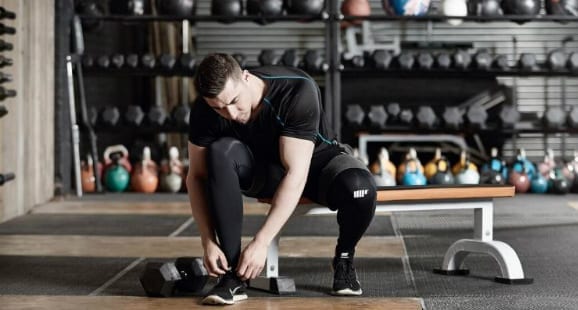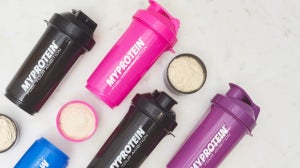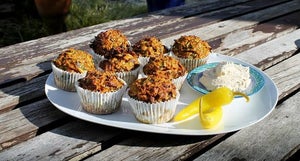
Written by Jack Boardman
Single Joint Exercises
Single joint exercises are the hinge of many workouts, but when it comes to building muscle there are many who would say that they are not best suited to mass muscle building… there are also the other half of bodybuilders who wholeheartedly use them in their workouts on a regular basis. The answer, then, is perhaps in knowing what their benefits and disadvantages are so that you know when to use them.
Single joint exercises are a form of resistance training used for strength building and muscle development that engages a single muscle group and the movement of a sole joint. They are also synonymous with isolation exercises, meaning that one muscle group is isolated from others, as opposed to compound lifts which work several at once.

Compound lifts are widely established as the best way to build mass muscle and strength. This is because they use more muscle groups and are supported by more joints, meaning that you can lift heavier weights and work them more before experiencing muscle exhaustion.
Some examples of single joint, small muscle-isolating exercises include the leg curl, biceps curl, quadriceps extension, wrist curl and front raise. These may be performed with free weights, machines and cables in order to isolate the desired muscle group. Although single joint workouts may target a single muscle group, other nearby muscles also play a secondary role as ancillary muscles.
The benefits of single joint exercises are primarily that you are able to isolate a muscle. Short of body building, if you have been out of action for a long time or recovering from an injury, single joint exercises are ideal for starting from scratch.
Where multi-joint movements may see a weaker muscle carried by the stronger muscles, single joint motions will allow you to build that muscle alone. For example, when bench pressing you might not notice a slight injury to your bicep (though this will probably mean you can’t bench to your full potential) as it would be your triceps, pecs and back muscles bearing the main brunt of the weight to compensate. If you have been injured, or your muscles have been somewhat idle, single joint exercises are a good way to pre-exhaust or pump up your smaller muscle groups individually in preparation for the serious compound lifts.

Because only one joint is used, that joint will take a greater toll and is at greater risk of injury if you lift too heavy a weight. They are, however, ideal for pumping up at the end of a session, using lighter weights and more reps.
A good idea is to do more sets when you consider going heavier so that a rest may be placed in between and the reps can be lowered so they don’t give the joint undue stress.
Our articles should be used for informational and educational purposes only and are not intended to be taken as medical advice. If you're concerned, consult a health professional before taking dietary supplements or introducing any major changes to your diet.








